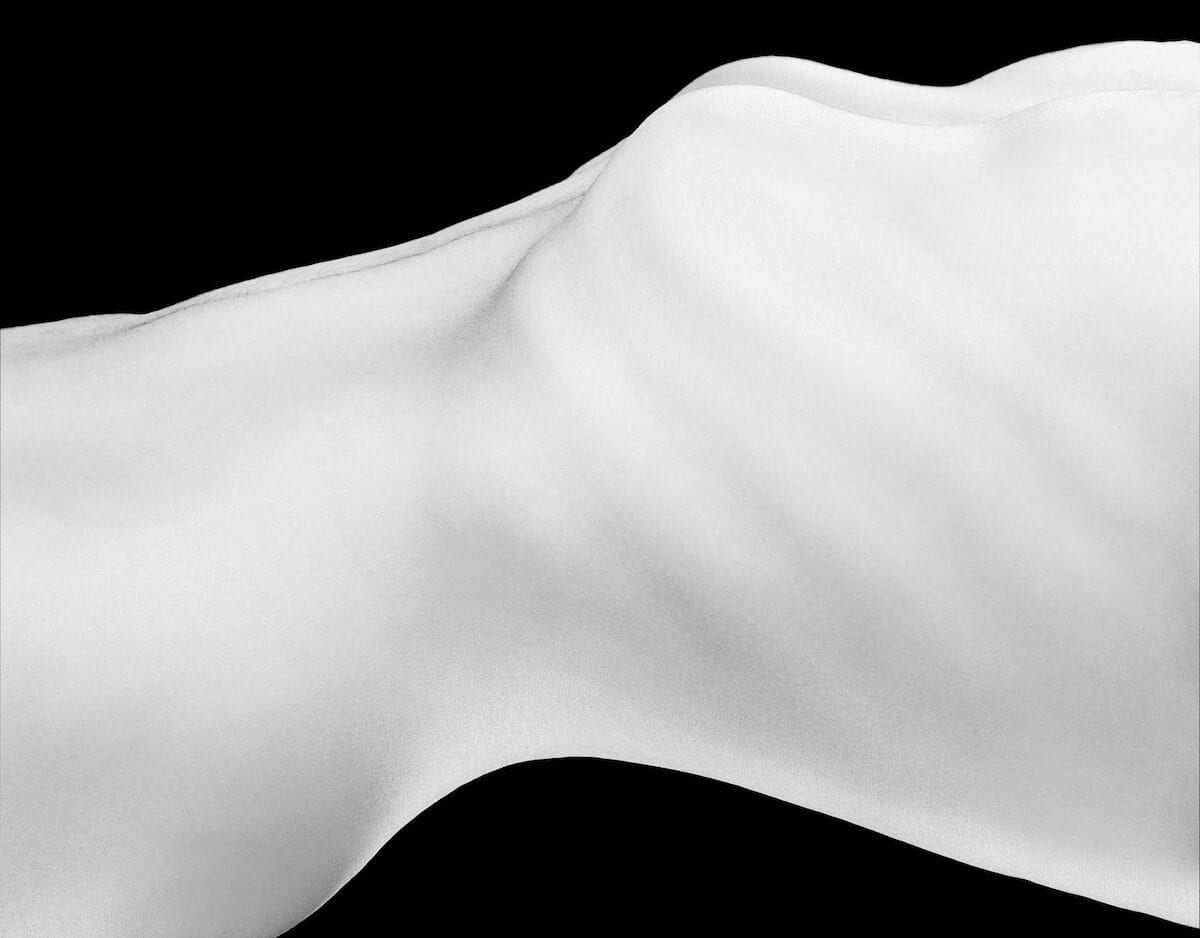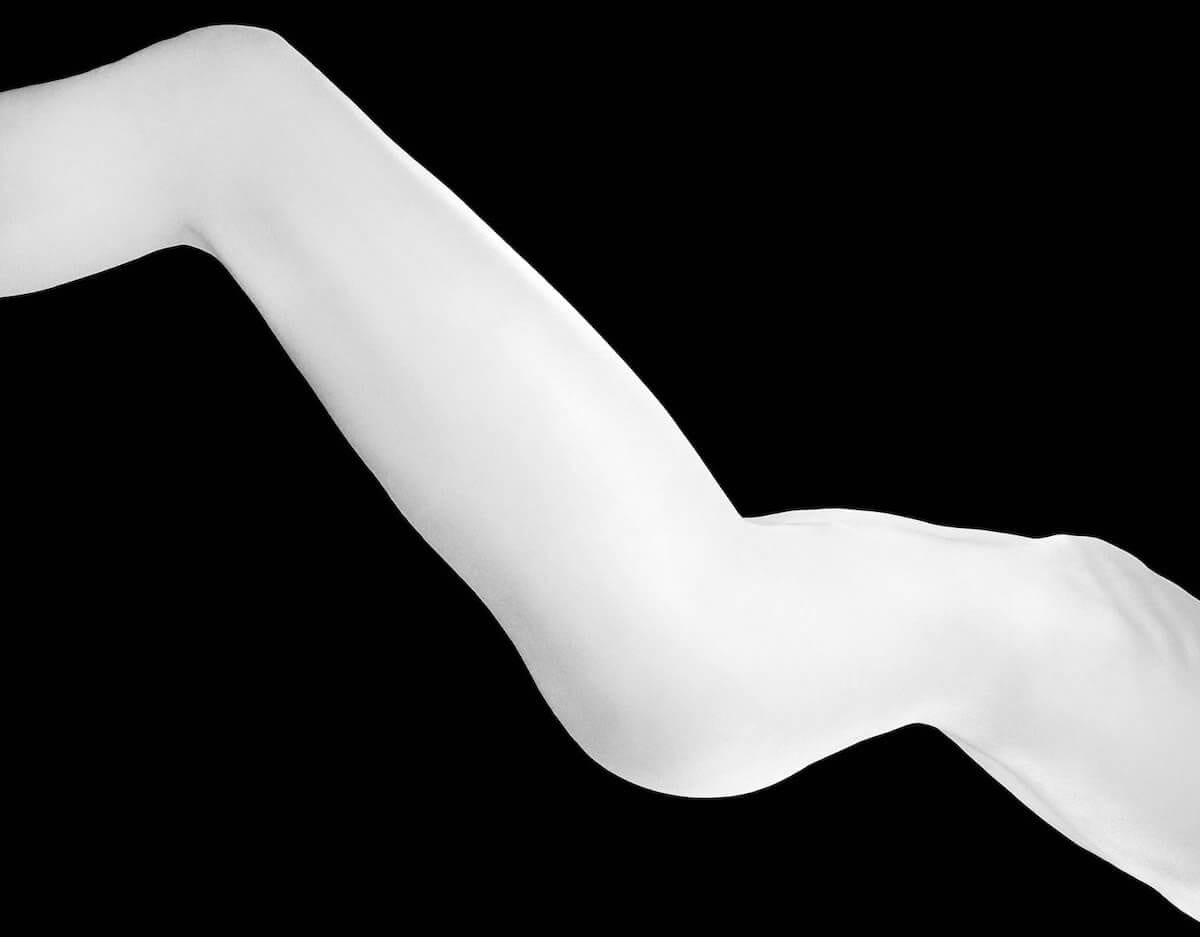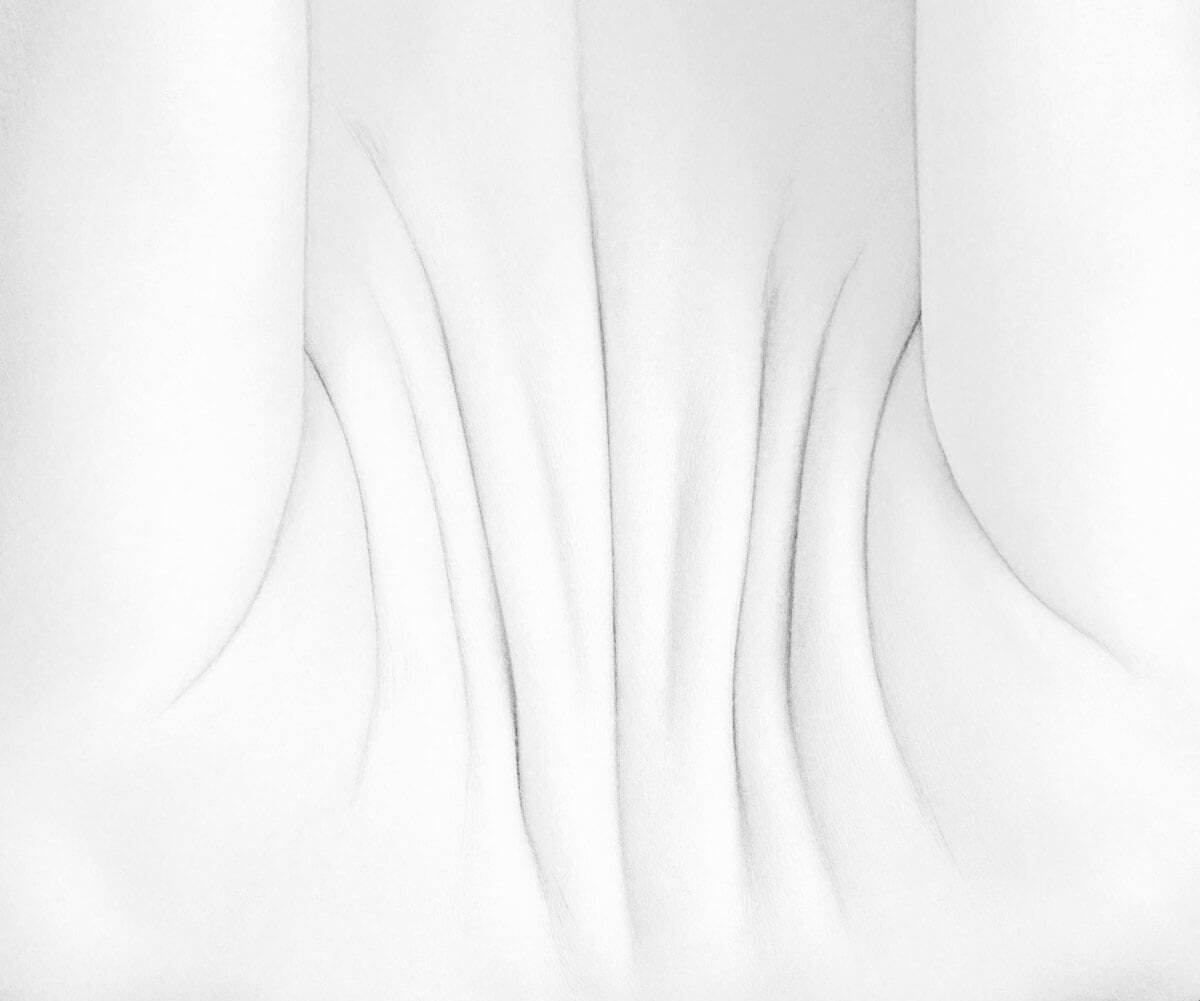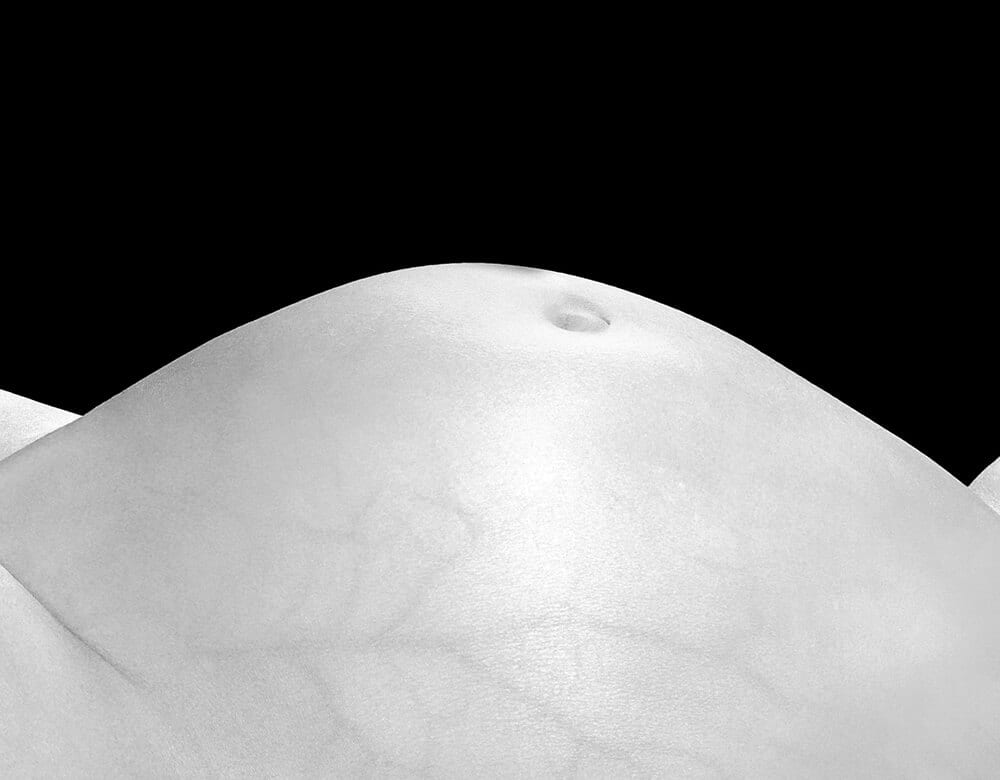INTERVIEW
A Human Topography
WITH ANNA LAZAREVA
An interview with Anna Lazareva
“The term metaphysical represents what can’t be seen at first sight, what is beyond the first impression, what is hidden in fantasy. It’s our imaginations…”
Seeking inspiration for our December 2019 theme – THE HUMAN BODY – we discovered the wonderful work of Anna Lazareva – a young photographer who splits her time between Paris and Moscow, and creates magical, sensuous and high-contrast images of the human body. Intrigued by both her concept and technique, we put some questions to her.
Metaphysical Body Landscapes
My childhood was spent at my grandmother’s house in Romania, near the Carpathian Mountains. Seeing people’s strong bond with earth, observing nature and the landscapes around me influenced my understanding of the earth’s beauty and our connection with it. Life is something whole, indivisible. Earth, sky, plants, fruits, mountains, rivers, men, women, day, night – all merge together and flow into each other. This process is infinite and harmonious. We came from the earth, live on the earth and will return to the earth. And landscapes of the earth can be seen in the curves of our bodies. Growing up I moved to live in big cities, my grandmother passed away and I felt my spiritual connection with nature slipping away. In order to reconnect I start to search for those Romanian landscapes in our bodies.
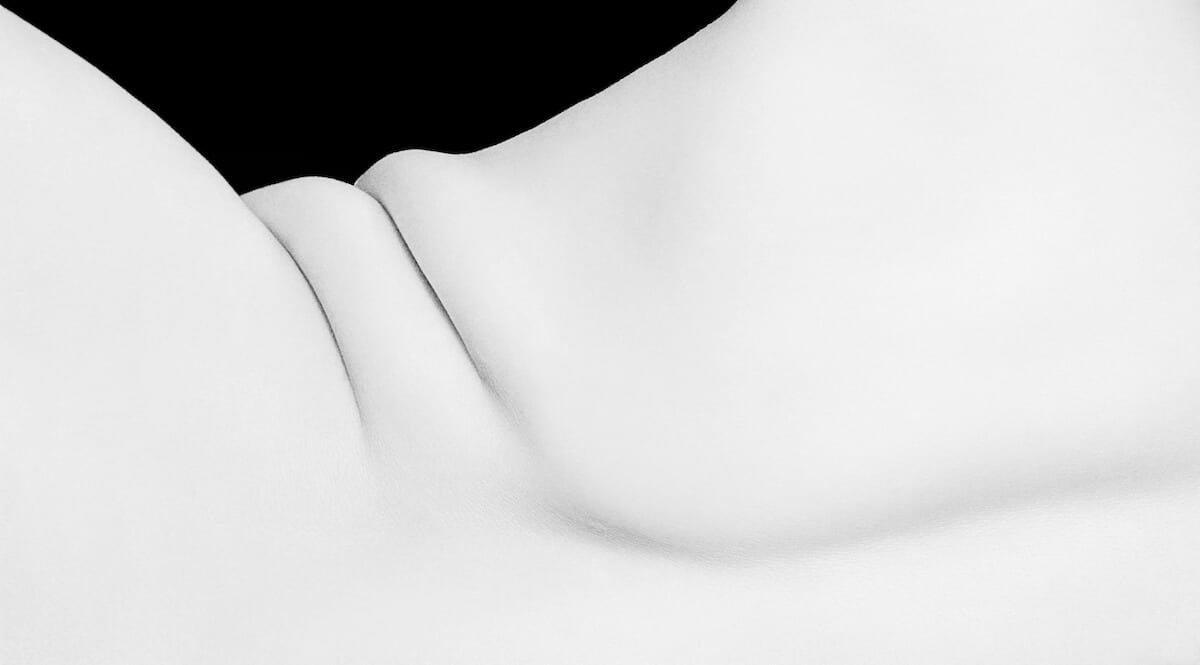
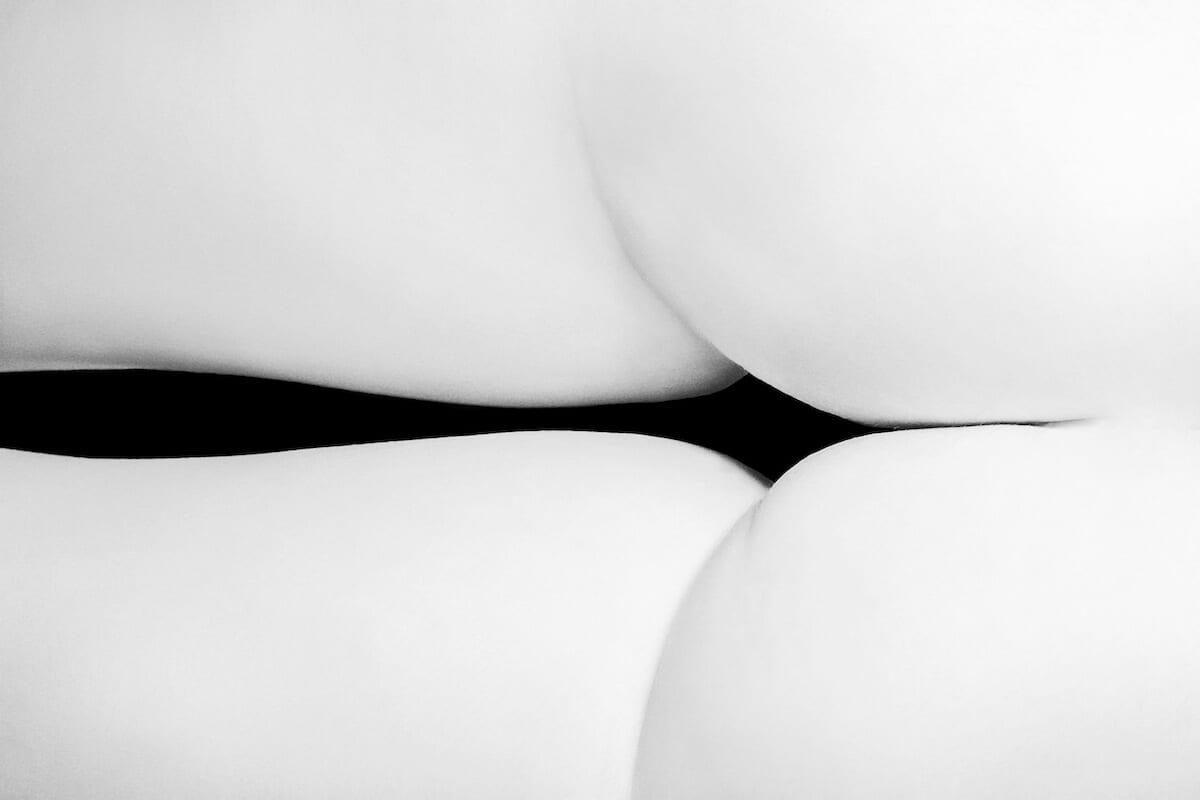
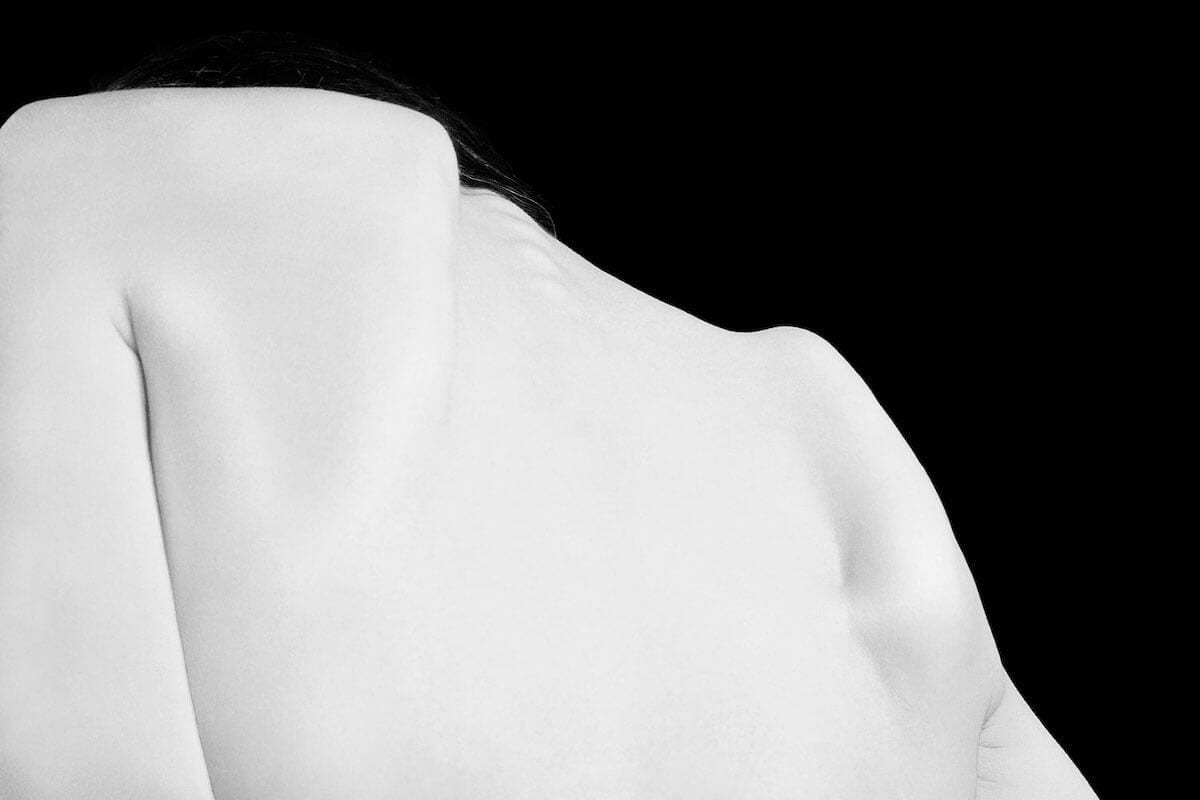
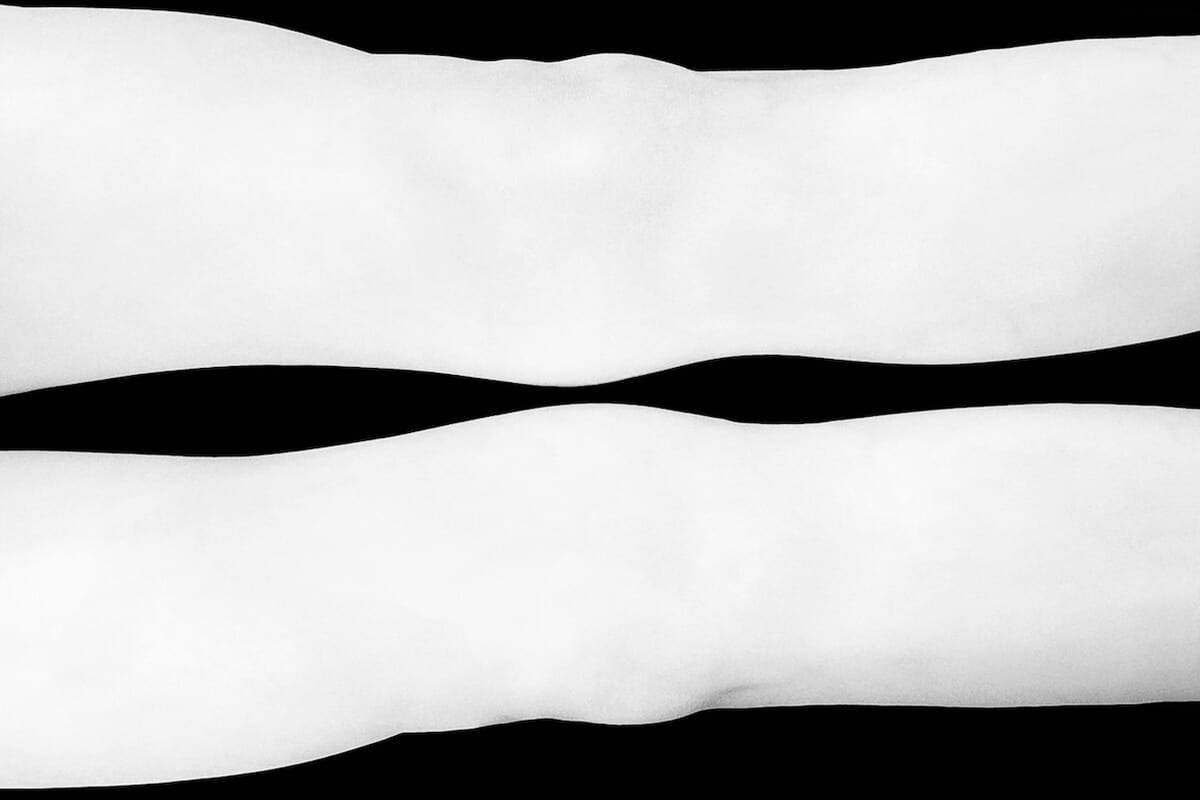
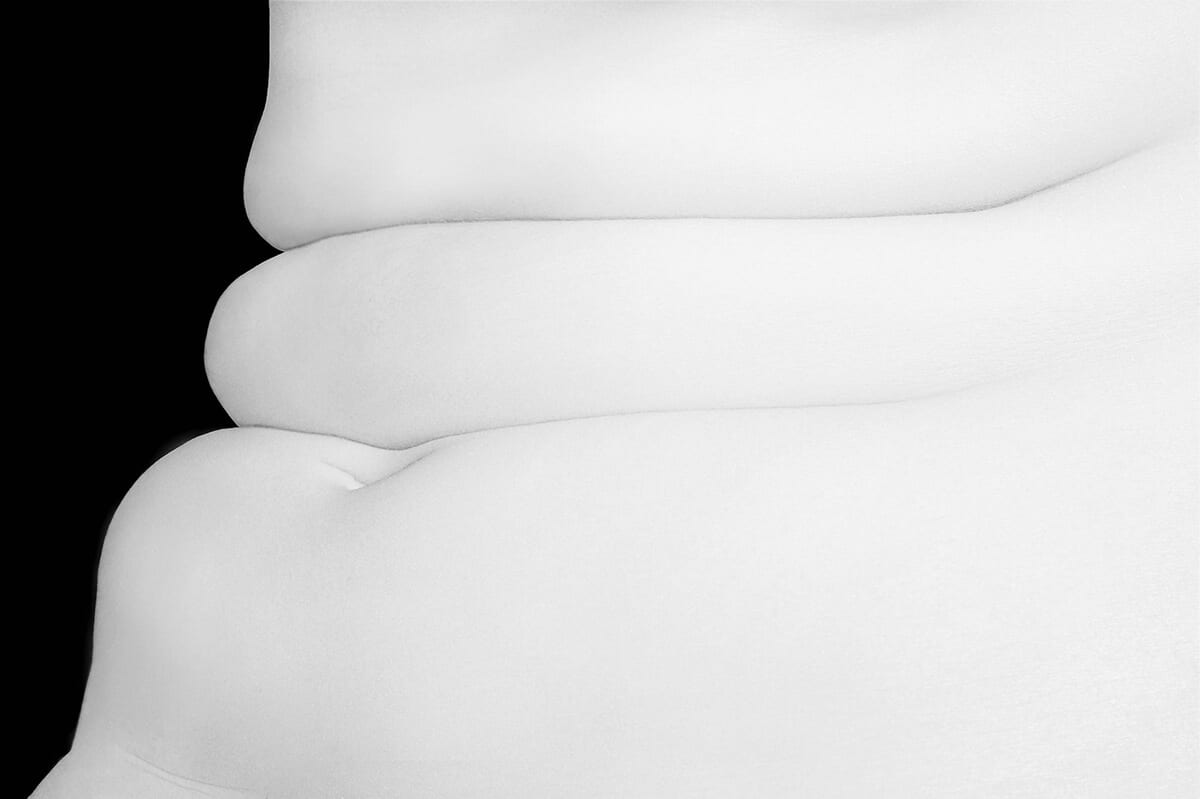
Hi Anna. Your series is titled “Metaphysical Body Landscapes”. The connection between the body and landscapes is perhaps self-evident in your images, but tell us about the use of the word “metaphysical”… What do you describe with this term?
Good question! The term metaphysical represents what can’t be seen at first sight, what is beyond the first impression, what is hidden in fantasy. It’s our imaginations. I shoot bodies with idea of going beyond the reality and allowing myself to connect them to the landscapes scenes that have stuck in my mind since I was a child.
In your statement you discuss the inspiration your grandmother had on this series. Can you tell us more about that?
As a child I spent every summer at my grandparent’s house, it was quite common at that time. They had a beautiful house in the village surrounded by small mountains. Though life in village was intense, my grandmother would always find time to take me and the rest of her small grandchildren for long walks into the hills. We would stop along the way, taking breaks throughout our journey. As my grandmother worked in a hospital, she would tell me that some particular edge of a mountain looked like a woman’s neck and I would see it too. That way I learned to view the world with a wider angle, having in mind the versatility of an object. So my grandmother influ-enced me in a certain way and inspired me to look far beyond the simple things.
Tell us a bit about your creative process in realizing this series. Did you have solidified ide-as from the start, or did they evolve as you experimented?
As a perfectionist I always try to do better and have doubts during my experiments. It wasn’t easy to reach the contrast I wanted, while retaining all the details and texture of the skin. Through my photo shoots I experimented with different lighting schemes, with different lenses and post-processing techniques. Finally I managed to create light schemes to reach the goals I wished. And then after came experiments with prints…
Each image has a stark beauty – a semi-abstract detail of the body rendered in vivid white against a black background. They have a pure intensity. How did you capture them from a tech-nical perspective? And why did you choose to present them monochromatically?
Thank you for your nice words! As I explained I tried many different lighting schemes to keep all the details of the human body while playing on the edge of maximum contrast possible… Technical secrets I’d like to keep for my next series! But can tell you that the key I found was in practicing Harcourt classic photography experimenting with lights. I saw my body of work in monochrome as it represents eternity and the imperishability of landscapes. Hundreds of years pass by, but these shapes remain the same. And very slowly they transform into another shape of body. And this process is never-ending.
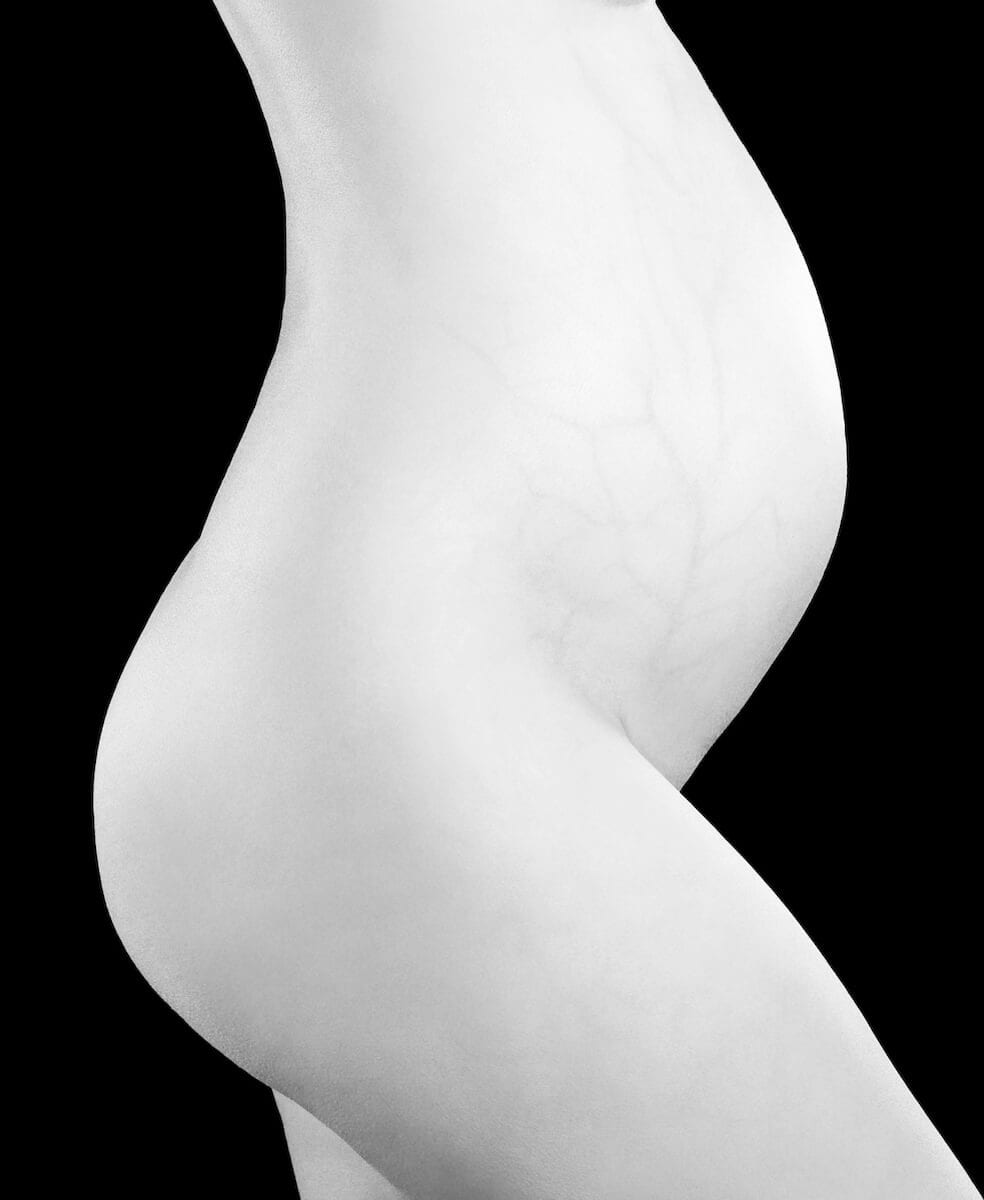
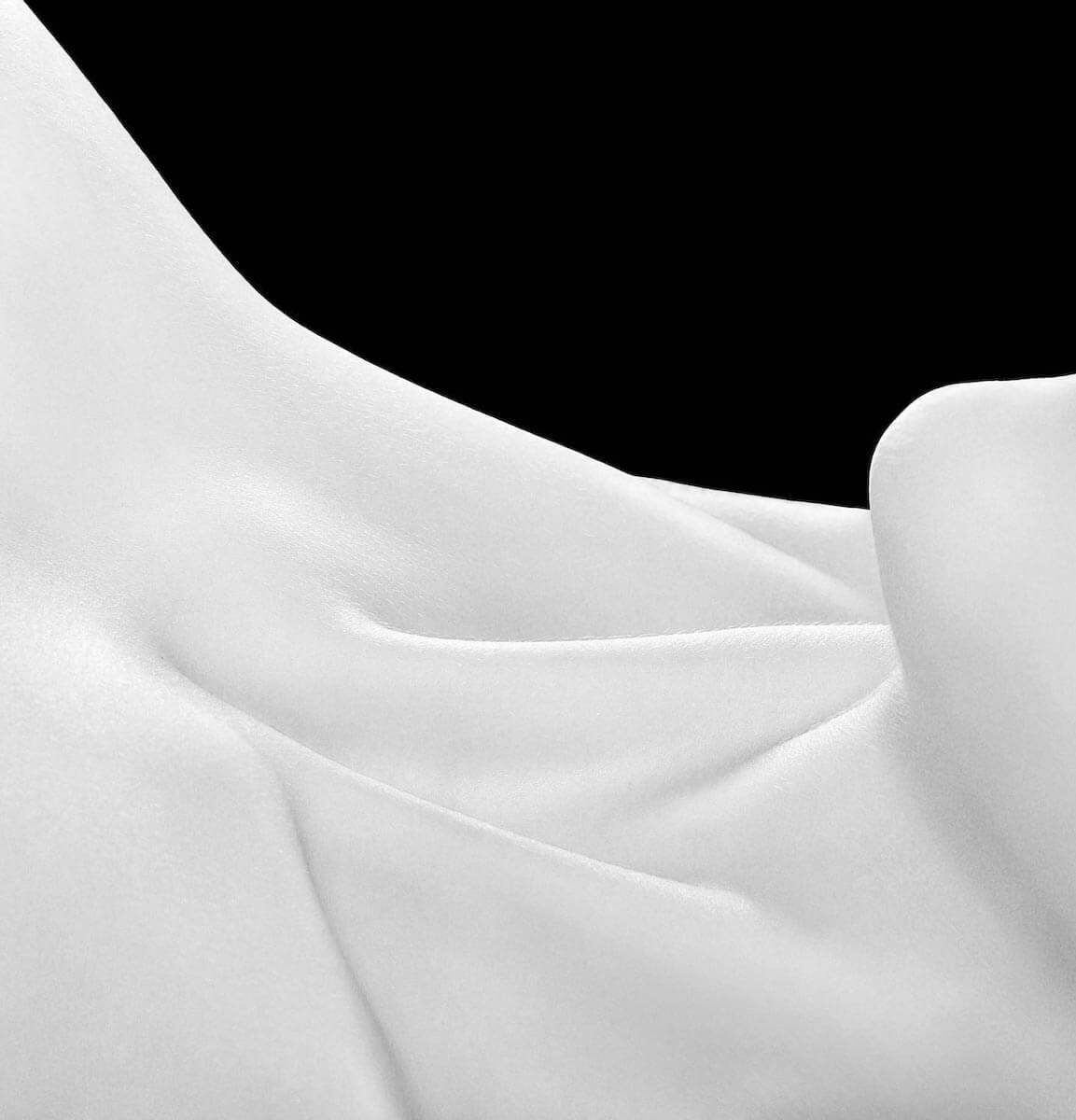
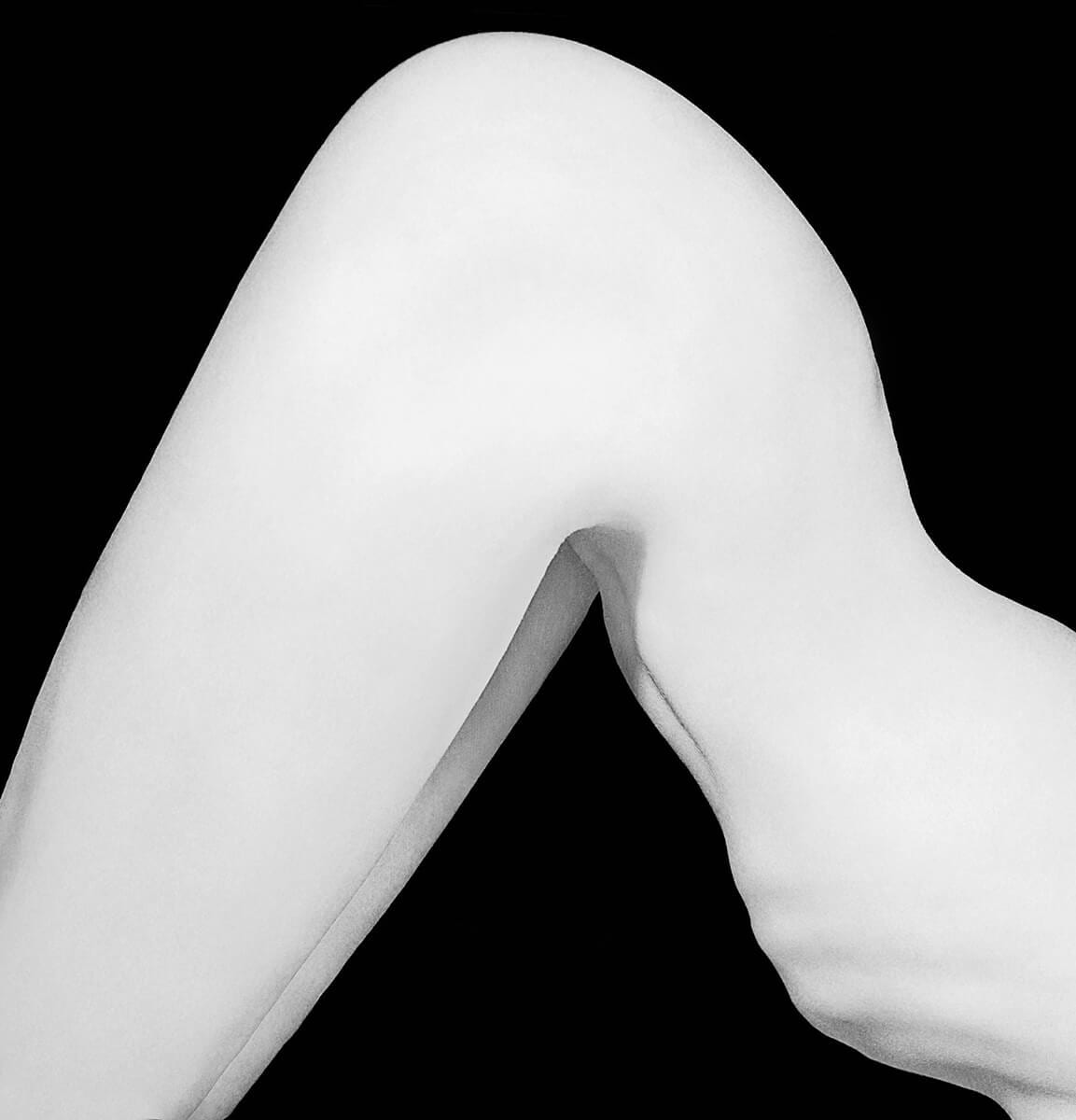
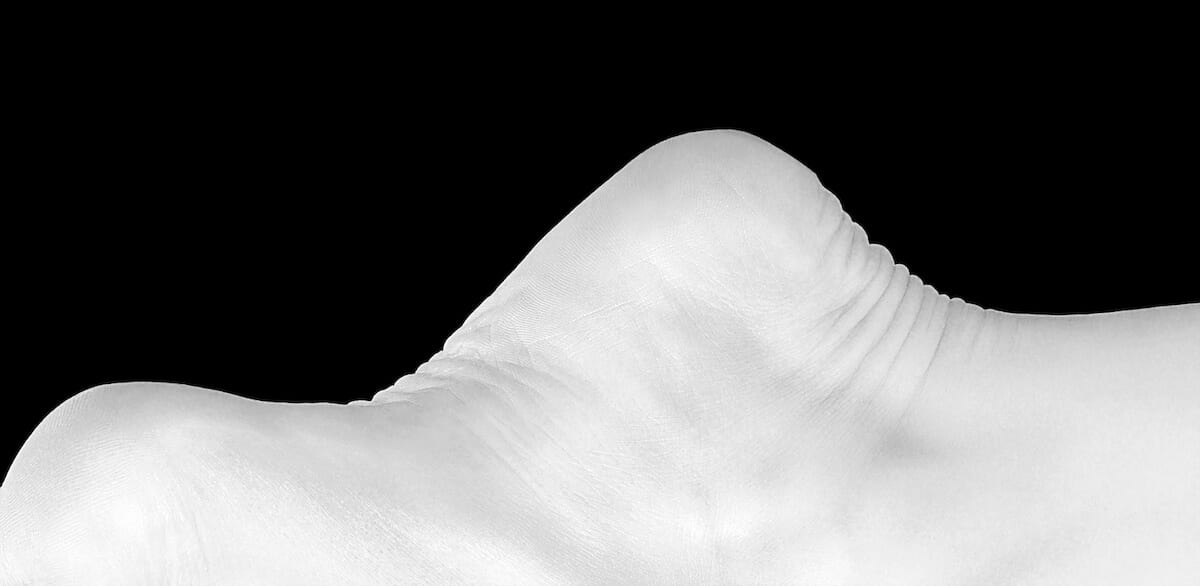
We see classic depictions of beauty with taught skin and shapely curves, but also folds of skin, veins and contorted postures. How did you select your models? What was the rationale in focusing on young, feminine bodies?
During the shootings I realized that the concepts of this series best suited young women with pale skin. The female body symbolizes fragility and at the same time strength of nature. I was searching for thin models with an exact body type. Specific angles also helped in reinforcing an angularity I sought.
What is your wish for this series? What do you hope that it communicates to the viewer? And where do you wish to take it next?
My wish was to take images from my mind to the world and challenge myself with this task. The photographs show both immortality and fragility, and both the human body and our landscapes should be treated with care. I would love for my landscapes to find a home in people’s houses.
And finally, what’s the most important lesson you’ve learnt in your photographic practice so far?
I would say I learned to stay truthful to my goals. I learned how to interact with other people. And most importantly, to challenge myself in doing different things, pushing myself for go deeper and think wider.
